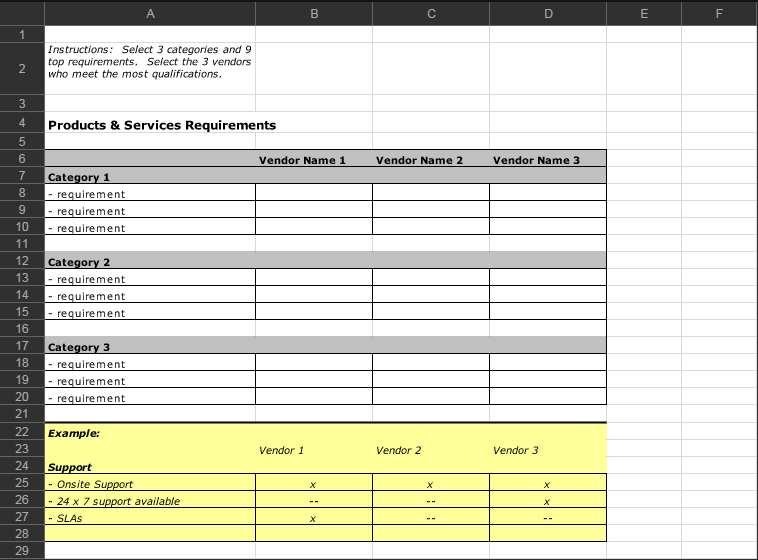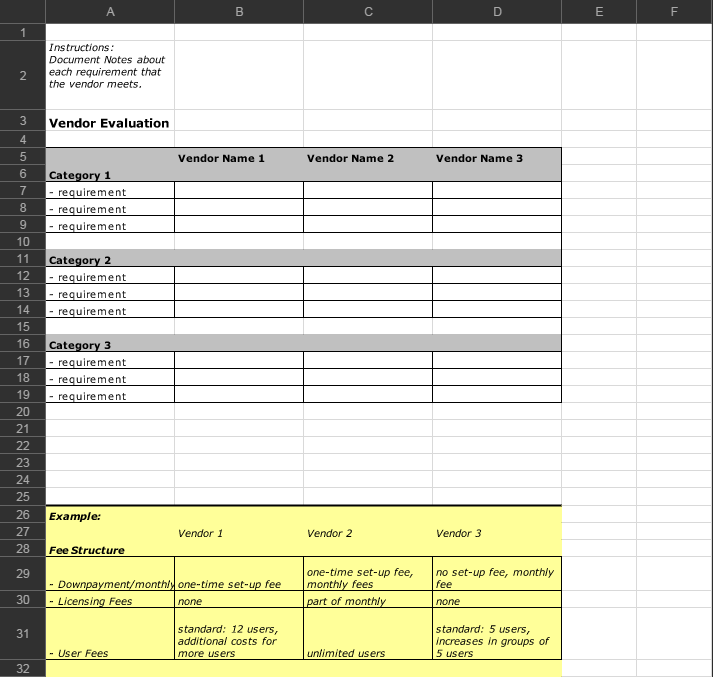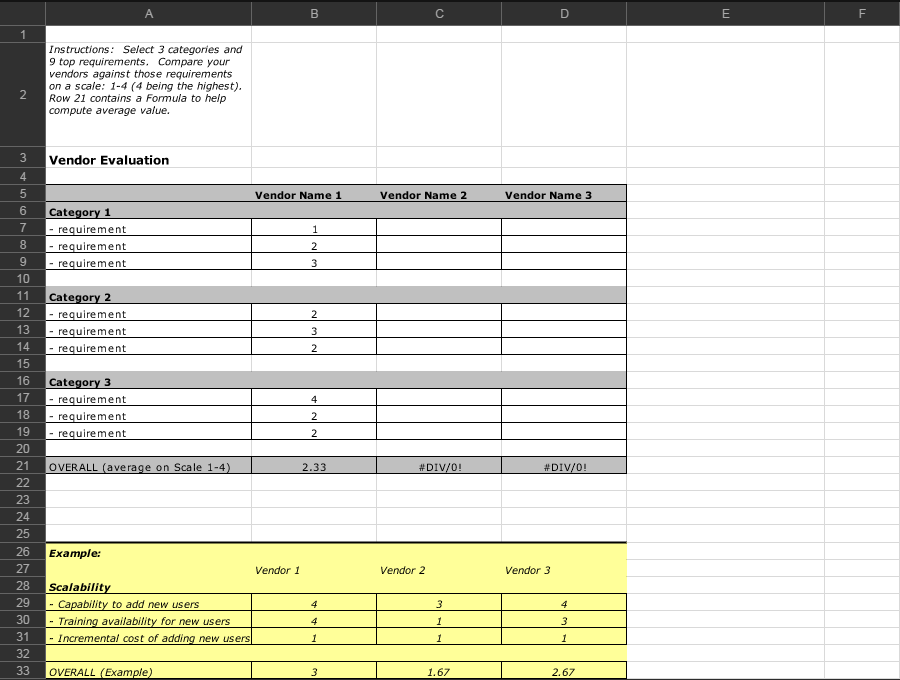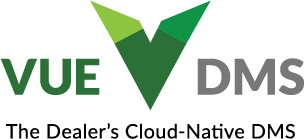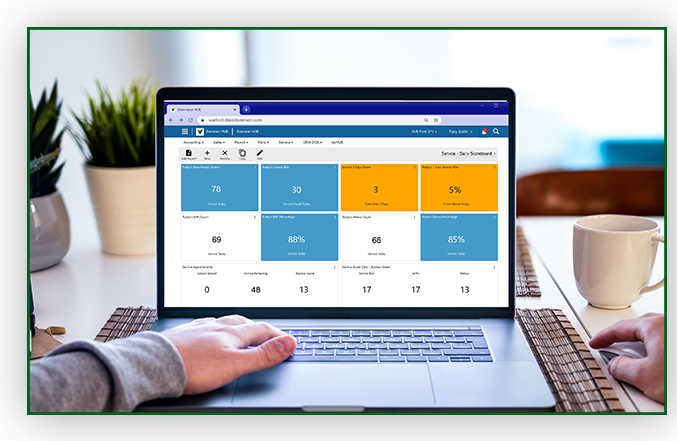By: Jennifer Sanford, Director of Strategic Marketing

The selection process for a vendor is much like the selection process for a new employee. A lot is at stake – Trust, Value, Credibility, and Money. The cost of making each vendor decision can be very high – not only through the money invested in a business partner, but also in the opportunity cost associated with transition. If dealers get it wrong, the cost associated with the choice will increase exponentially.
This is a big topic, but below are the five top factors to must consider when choosing your automotive vendor partners.
1. Product Readiness.
This is the vendor’s ability to deliver the product/service that they have described. In every purchase process, sales reps do their best to win business. Make sure each vendor has everything in writing regarding features, benefits and integrations — and that your dealership’s needs line up against current product features. It’s the dealer’s job to make sure that a dealership’s needs will be met with the product they are selling.
2. Service Capabilities.
Does the vendor have all of the knowledge, skill, ability and willingness to serve your organization? It’s key to understand how they deliver deployment and ongoing technical support. Most vendors today offer free support to get you started as well as some basic technical support. As products have become more complex, it is very normal for vendors to charge for additional support services. Dealers should understand what comes free and what can be purchased for additional fees.
3. Delivery Times.
While negotiating with vendors, it’s important to identify the vendors’ bandwidth to onboard new clients. Timelines need to line up in order for each dealership to get off to a good start.
4. Pricing Plan.
What is the total cost of ownership? Hint: It’s more than the purchase price. There are three factors:
1. Will there be additional fees associated with expected features?
2. How long will it take to deploy the product or service? How long will it take for a dealership’s team to be somewhat proficient at the new software and/or service?
3. Are there training costs? Is it possible to train the dealership’s entire team at one time? Will there be additional training offered as those team members become more experienced with the software? Is there a cost for that?
5. References.
What do current customers say about the product and service? Get a list from any potential vendor and call every one of them. The things learned from a vendor reference might be surprising. Make sure to ask them these three questions:
1. Does the product work as advertised?
2. Knowing what you know now, would your dealership still have purchased this product?
3. Is there anyone else that uses this product that a potential customer should talk to?
In addition, I like to use a spreadsheet to help me with the validation process to ensure I am comparing vendors as closely as possible. Here is an example of a spreadsheet that can be easily modified based on your needs.

